Discover Colombia’s best places to visit: Cartagena’s colonial charm, San Andres’ pristine beaches and the wild jungle await exploration.
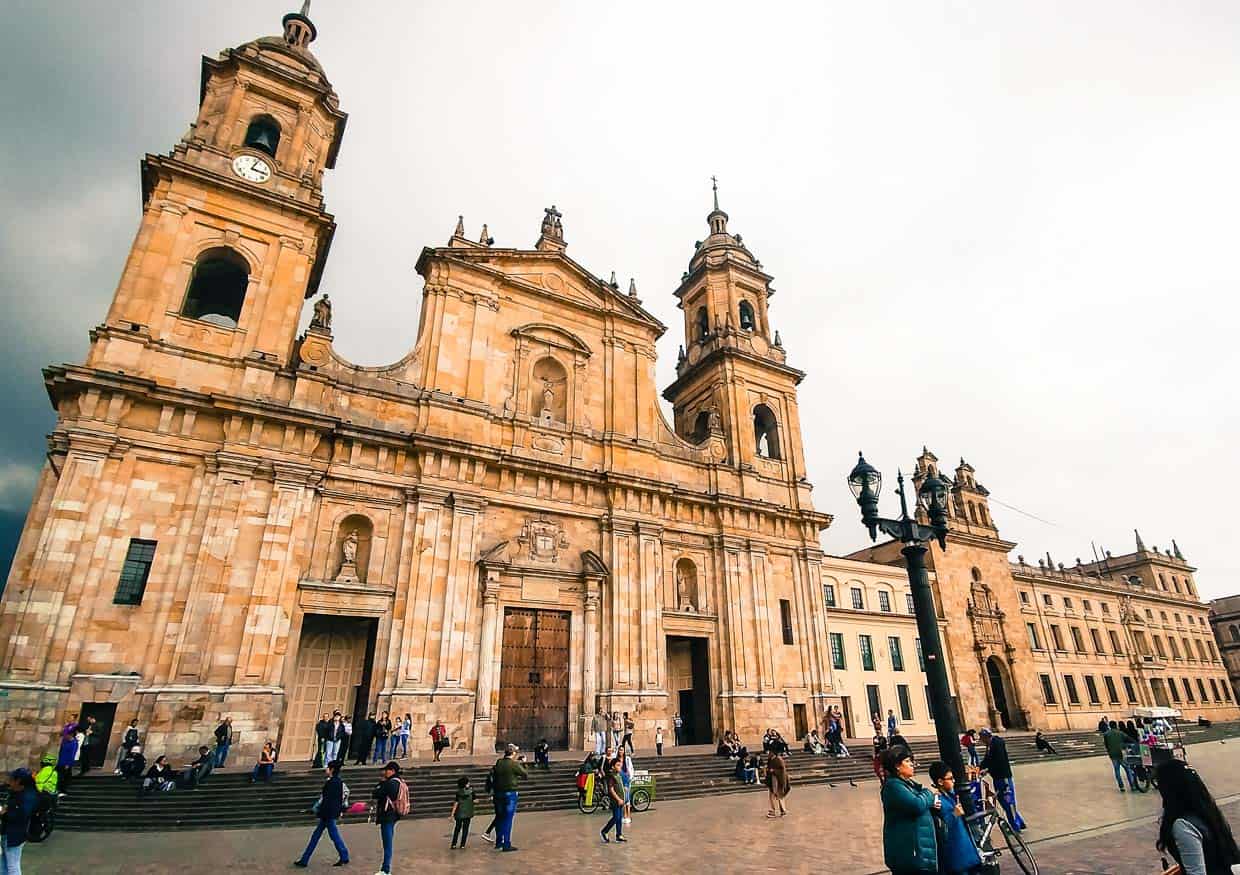
Colombia, located in the northwestern corner of South America, is a vibrant country known for its rich cultural heritage, stunning landscapes and warm hospitality — as well as its myriad of exotic fruits and unique cuisine. From bustling cities to picturesque coastal towns and breathtaking natural wonders, Colombia offers a diverse range of experiences for travelers thirsty for discovery.
If you’re planning a trip to this beautiful country, here are eight of the best places to visit in Colombia. And if Colombia still needs to make your bucket list, read this list to fall in love with one of the lesser-known treasures of Latin America.
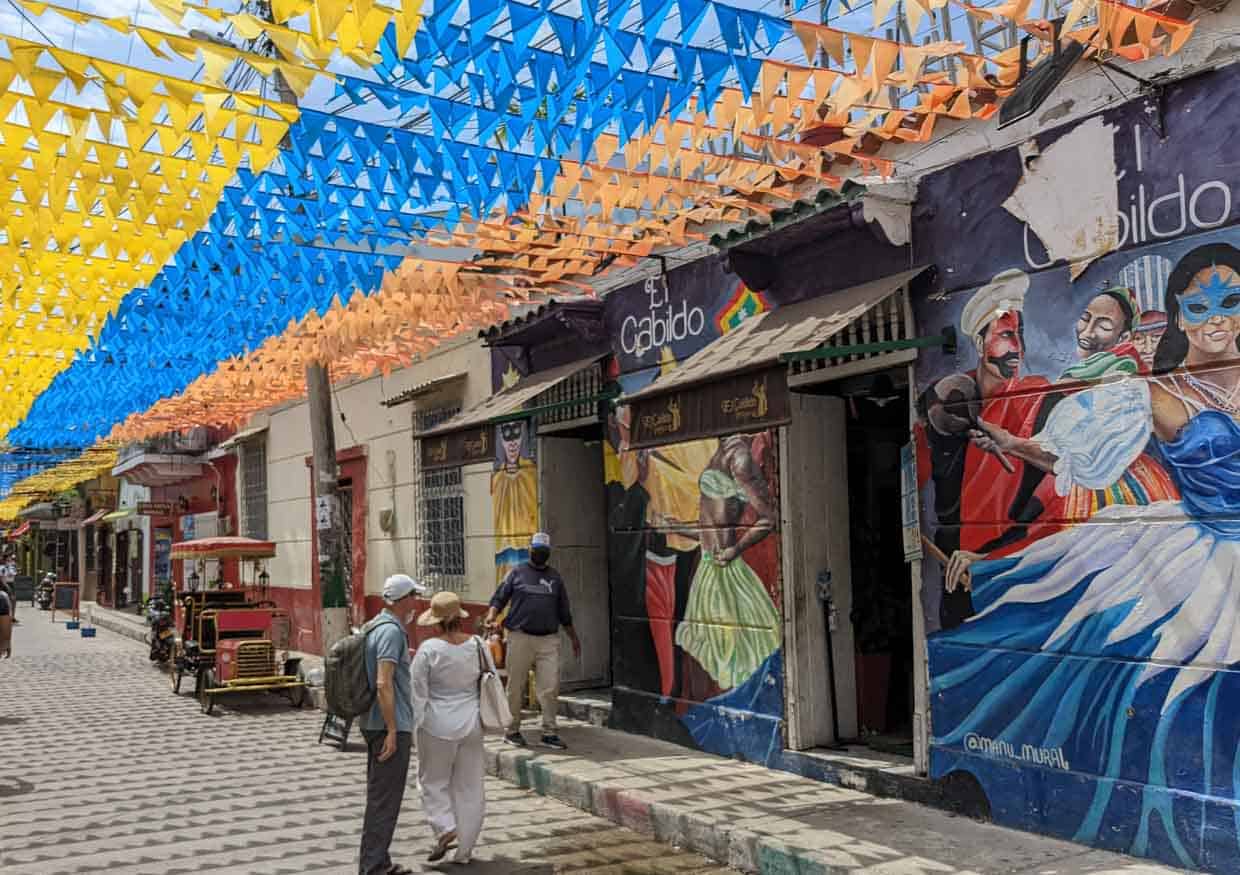
Cartagena
Cartagena, a UNESCO World Heritage site, is a city brimming with history and charm. With its cobblestone streets, colorful colonial buildings and well-preserved fortifications, it’s no wonder why this city is a favorite among tourists.
When you arrive in Cartagena, walk along the fortified wall and descend at select spots to explore the historic Old Town. Visit the imposing Castillo San Felipe de Barajas and clear an hour to take a stroll along the picturesque waterfront.
Enjoy the opportunity to experience the vibrant local culture and indulge in delicious Caribbean Colombian cuisine, centered on seafood and plantains. For the best dining experience, book a meal at Celele.

Bogotá
As the capital city of Colombia, Bogotá is a dynamic metropolis that blends modernity with tradition.
The city boasts an impressive array of museums, art galleries and architectural landmarks. Visit the famous Gold Museum, Museo del Oro, which houses an extensive collection of pre-Hispanic gold artifacts. Explore the charming neighborhood of La Candelaria with its colonial architecture and vibrant street art.
Grab lunch at Leo Cocina y Cava, one of the top restaurants in Latin America, where you can explore the heightened versions of Colombia’s national dishes. Or just head to the Plaza de Mercado de Paloquemao, Bogota’s biggest and most exotic market.
Don’t forget to take a cable car ride up to Monserrate for the breathtaking city views — just remember that you may want to sip on a cup of coca leaf tea when you arrive to cure that splitting altitude sickness, or “soroche” in Spanish.
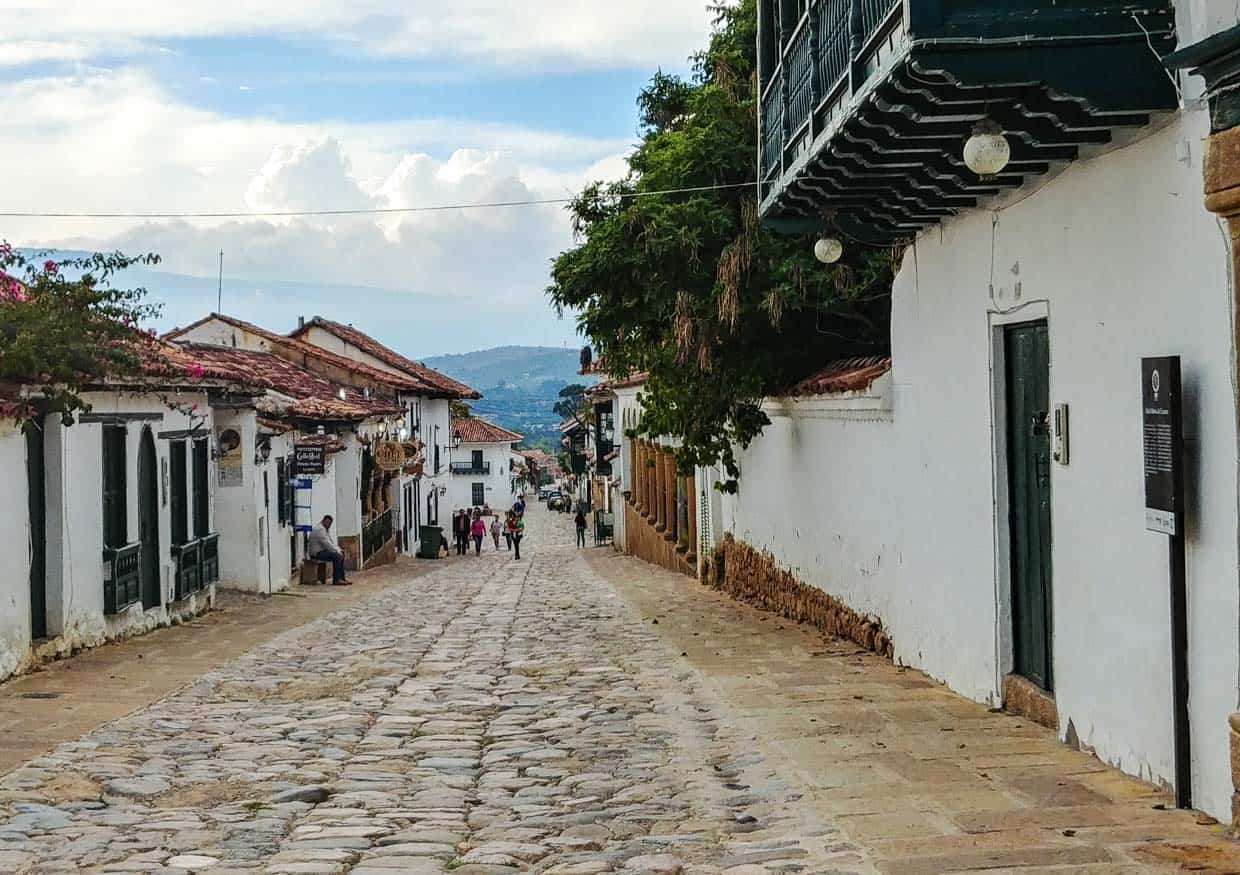
Villa de Leyva
Step back in time with a visit to Villa de Leyva, a beautifully preserved colonial town located in the Andean highlands. The town’s cobblestone streets, whitewashed buildings and central plaza, one of the largest in South America, create an atmosphere of old-world charm.
Explore the town’s many museums, or simply wander the streets and soak in the tranquil ambiance. Stop for a typical Colombian dinner at El Candelabro, a small family restaurant located in a genuine colonial home.
The next morning, get up bright and early to visit the nearby Iguaque Flora and Fauna Sanctuary, where you will spend four hours on a hike to witness one of Colombia’s treasured plants, the frailejone.
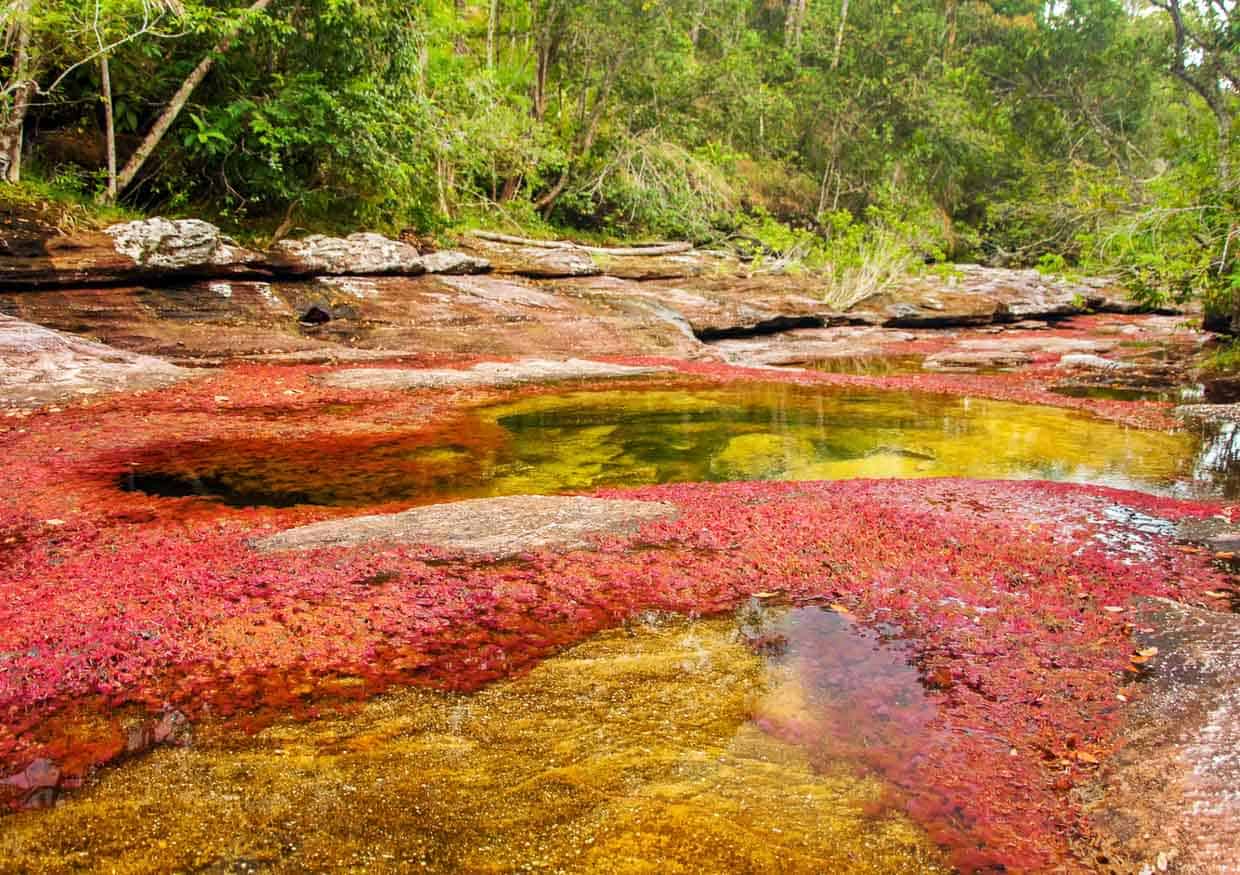
Caño Cristales
Caño Cristales is a unique biosphere that has rightfully been called “the most beautiful river in the world.” Though it can be incredibly hard to get here, it makes the list of Colombia’s most breathtaking sights due to its colorful appearance — and the natural phenomenon behind it.
Each year during the months of July and October, the river making its way through this natural reserve changes into a vibrant array of colors due to the presence of a particular plant species that only blooms during this period.
Due to its fragile ecosystem, visitors are not allowed to enter Caño Cristales independently and guided tours are the only way to explore this magnificent river. So book early for this once-in-a-lifetime privilege.
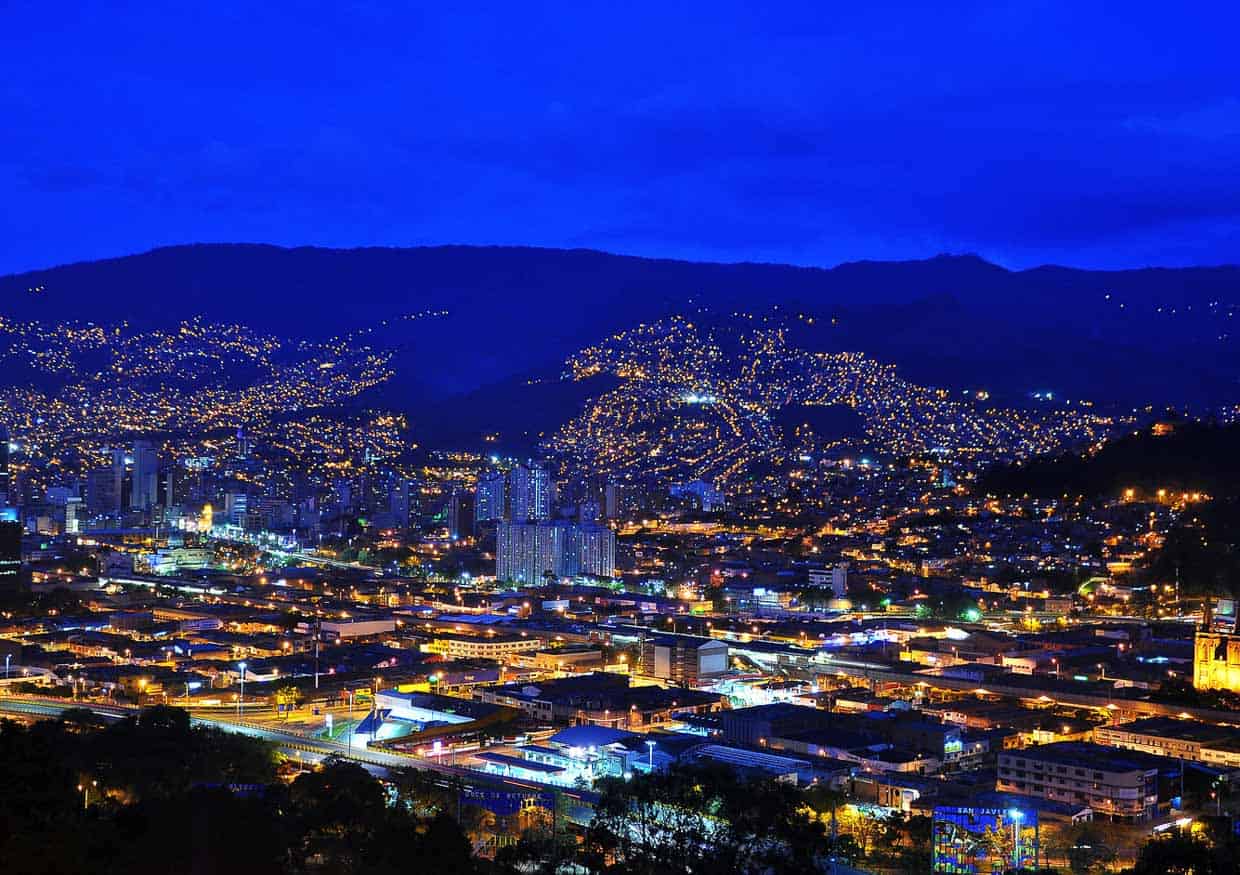
Medellín
Once infamous for its turbulent past, Medellín has undergone a remarkable transformation and emerged as a vibrant and innovative city.
Explore the fascinating history of the city at the Museo de Antioquia, with its impressive collection of pre-Columbian art, colonial paintings and contemporary art.
Catch a breath of fresh air at the botanical gardens. Wander the greenhouses, fountains and sculptures as you escape the hustle and bustle of the city and reconnect with nature.
To wrap up, take a ride on the iconic Metrocable for panoramic views of the mountains that surround Medellin.
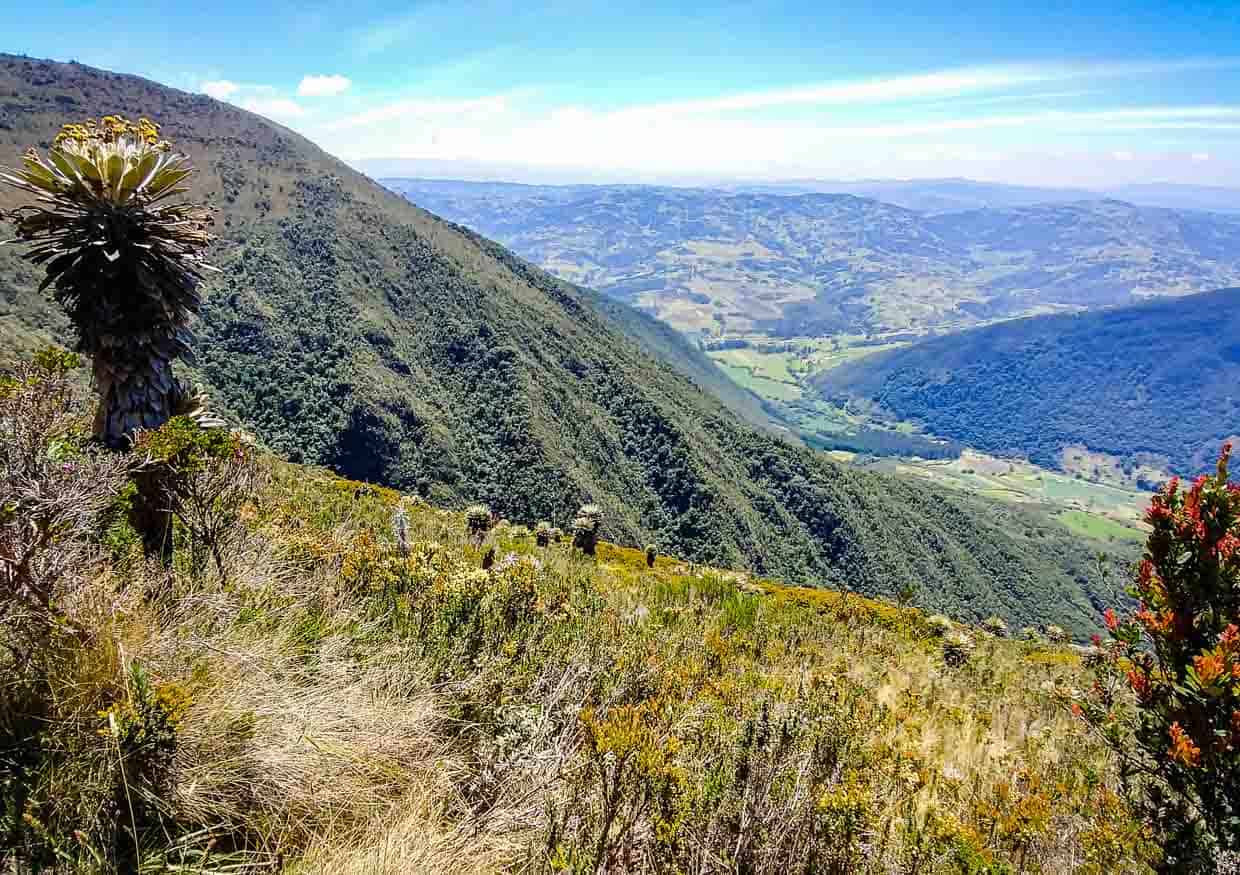
Tayrona National Park
For nature lovers and adventure seekers, Tayrona National Park, Located on the Caribbean coast near Santa Marta, is a paradise waiting to be discovered. With its lush jungle, secluded beaches and crystal-clear turquoise waters, Tayrona offers a range of activities for the intrepid traveler.
Hiking trails wind their way through the jungle, offering stunning views of the park’s ice-blue coastline. If you’re lucky (and quiet), you may even come across some of the park’s incredible wildlife, including monkeys, brightly colored birds and even the occasional jaguar.
Those up for an adventure can take a guided tour of the park’s many sacred sites, including the Lost City, a mysterious ancient city that predates even the Incas. Camping options are available for those who wish to immerse themselves in the park’s natural beauty.
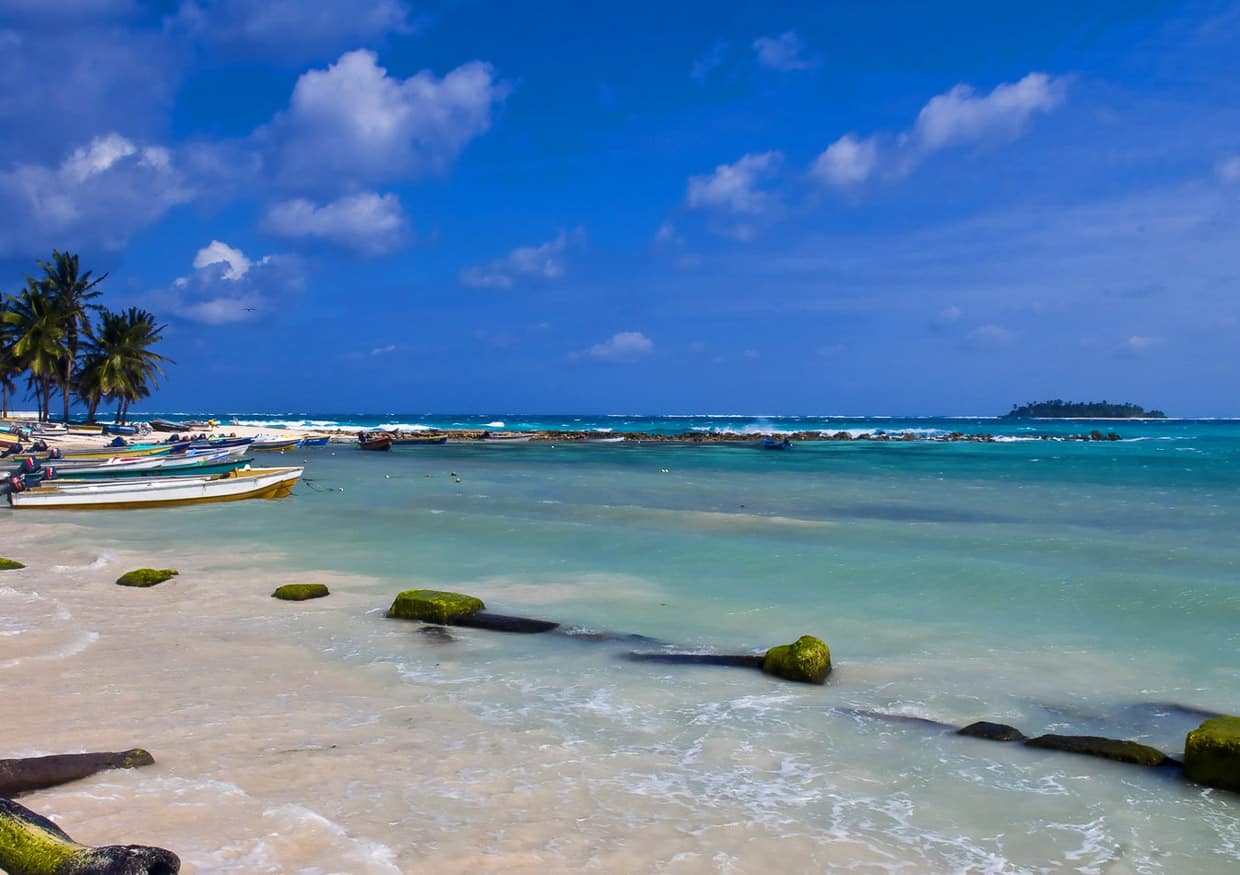
San Andrés and Providencia
If you’re seeking a tranquil tropical island getaway, look no further than San Andrés and Providencia. These Caribbean islands boast pristine white-sand beaches, crystal-clear turquoise waters and a vibrant underwater world.
If you’re just looking to bum on the sand for a few days, check out Playa de San Luis or Rocky Cay, which boasts crystal-clear waters and white sand beaches.
If you want to experience a truly secluded island, take a 90-minute boat trip to Providencia, known for its laid-back vibe and being a home to the third-largest coral reef system in the world.
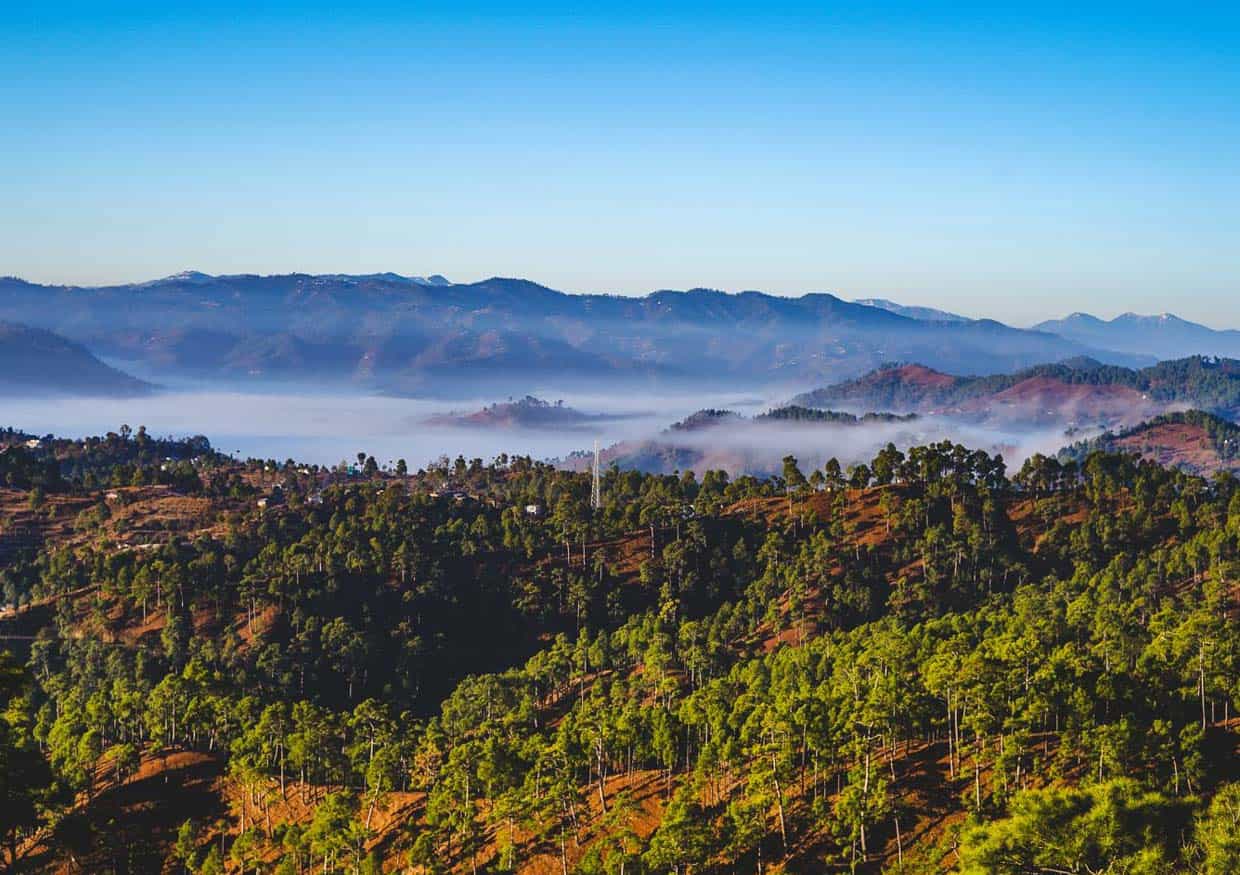
Salento and the Cocora Valley
Nestled in the heart of Colombia’s coffee region, Salento is a charming town with colorful buildings lining the streets and quaint plazas serving as meeting places for locals and tourists.
The nearby Cocora Valley is famous for its towering wax palm trees, which are the tallest in the world and can reach heights up to 60 meters. Here, visitors can hike through the lush cloud forest, cross the picturesque suspension bridge and admire the sky-scraping trees.
Salento is also known for its coffee plantations and visitors can take a tour to learn about the coffee-making process and sample some of the region’s finest brews.
Is it safe to visit Colombia?
Safety is a concern for many travelers considering a trip to Colombia, given the country’s history of violence and drug-related issues. However, Colombia has made significant progress in recent years in terms of security and tourism infrastructure. The government has implemented various measures to improve safety and many popular tourist destinations are now considered safe for visitors.
That being said, it is important to exercise caution and follow common-sense safety practices while traveling anywhere where you are not familiar with the culture and language and Colombia is no different.
“Despite popular media depicting Colombia as a dangerous place, the people are overwhelmingly friendly and hospitable. Don’t be surprised if you quickly make friends with the locals and they invite you over for a meal,” said Jessica Haggard of the blog Primal Edge Health.
Certain regions, particularly those along the borders with Venezuela and Ecuador, may still have some security concerns. Check the latest travel advisories and seek local advice before visiting these areas.
Before you go
From the historical charm of Cartagena and Bogotá to the natural wonders of Cano Cristales, Tayrona National Park and the coffee region, Colombia is an amazing place to visit with its warm and welcoming people and distinctive cuisines. All who enter its borders are bound to have a memorable and enriching travel experience.
Ksenia Prints is a food writer, blogger, photographer and recipe developer from Montreal, Canada. She blogs over At the Immigrant’s Table, a food and travel blog showcasing healthy, beautiful international recipes for adventurous home cooks. She loves to highlight ethnic cuisines and immigrant cultures by working with chefs from relevant countries, adapting those recipes to gluten free, vegan, vegetarian, sugar free and other dietary restrictions.